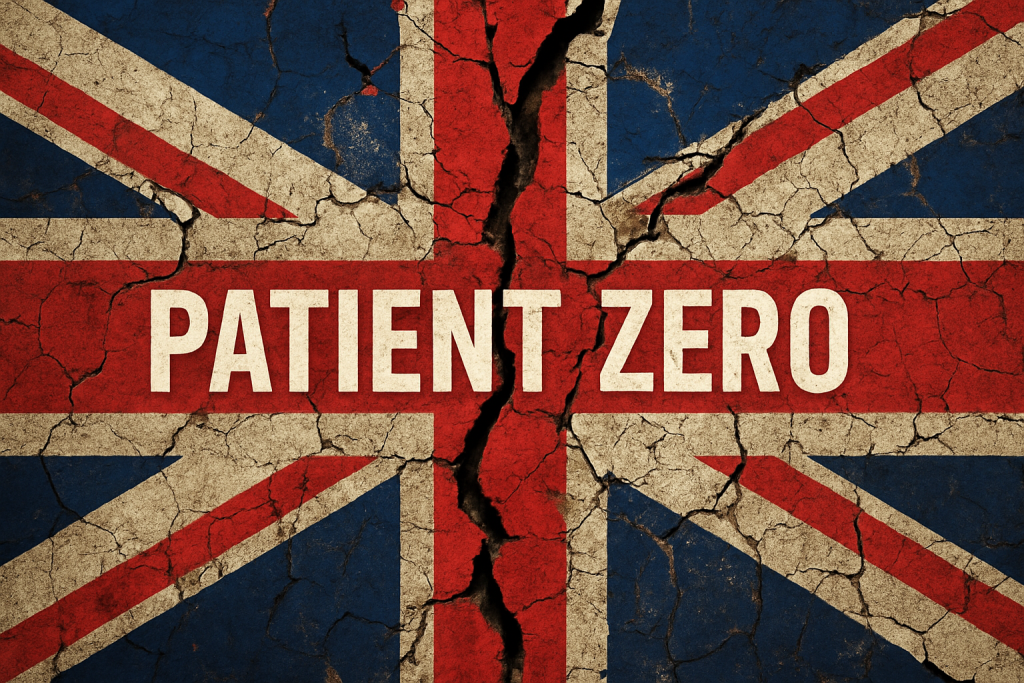In a world full of unimaginable absurdity, we spend a lot of time thinking about the future… and to where all of this insanity leads.
“Future Headline Friday” is our satirical take of where the world is going if it remains on its current path. While our satire may be humorous and exaggerated, rest assured that everything we write is based on actual events, news stories, personalities, and pending legislation.
September 1, 2029: Fed’s New CDBC “FedCoin” Hacked After Just Six Days
Neither the Treasury Department nor Federal Reserve have commented on the issues with the brand-new FedCoin system since it went offline over 36 hours ago.
But what we have been able to gather so far is that the problems started six days after the launch of the highly touted digital currency meant to replace the US dollar.
Rumors on the dark web began to swirl that a hacker group calling itself Reserve Raiders had infiltrated the FedCoin servers, and transferred itself $10 billion.
One alleged member commented, “FedCoin’s security was equivalent to one of those spring locks you can open by sliding a credit card between the door. It has eight-months-from-retirement written all over it.”
Another added, “We could have taken any amount we wanted— just kept adding zeros. We stopped at $10 billion because we honestly just felt bad. And of course if we conjured too much money out of thin air to steal, it would just hyper-inflate and be worthless to us.”
Only a few hours later, the entire FedCoin infrastructure stopped functioning.
That includes checking and savings accounts, as well as FedCoin’s online bond marketplace. The status of the already purchased bonds is unclear, but off-market indicators suggest people are lining up to panic-sell them as soon as the system comes back online.
Personal wallets, which the Fed airdropped $20 worth of FedCoin into for each user who downloaded the wallet before the launch on August 25, are also offline.
“I figured I’d just use the $20 to buy a pack of gum,” one user told us outside of a 7/11, “I was able to open the app, but the transfer never went through. I just kept getting a timeout error message.”
Early institutional adopter JP Morgan swapped over $200 billion worth of deposits in traditional USD for the same amount in FedCoin. Now bank customers are wondering how secure the new digital currency is.
JP Morgan has told customers that the Fed has privately assured them that all deposits are safe. “And anyway,” the bank’s CEO commented, “if the money was somehow lost, the government would simply print more to bail us out. We’ve been prime supporters of their FedCoin project, they wouldn’t leave us hanging.”
Some experts have speculated that because of the traceability of FedCoin, the hackers would be unable to spend it.
However, others argue that it would not be difficult to use a “tumbler” to swap out the stolen funds for legally acquired FedCoin. This, however, would require a large and complex operation of laundering— unless, of course, privately held funds are as easily hacked as the Federal Reserve’s system.
That is why many speculate that the entire FedCoin system went offline— in a desperate attempt by the government to freeze the funds before any further damage could be done.
But again, we won’t have definite answers to any of these questions until the Treasury and Fed decide to finally issue a statement.








